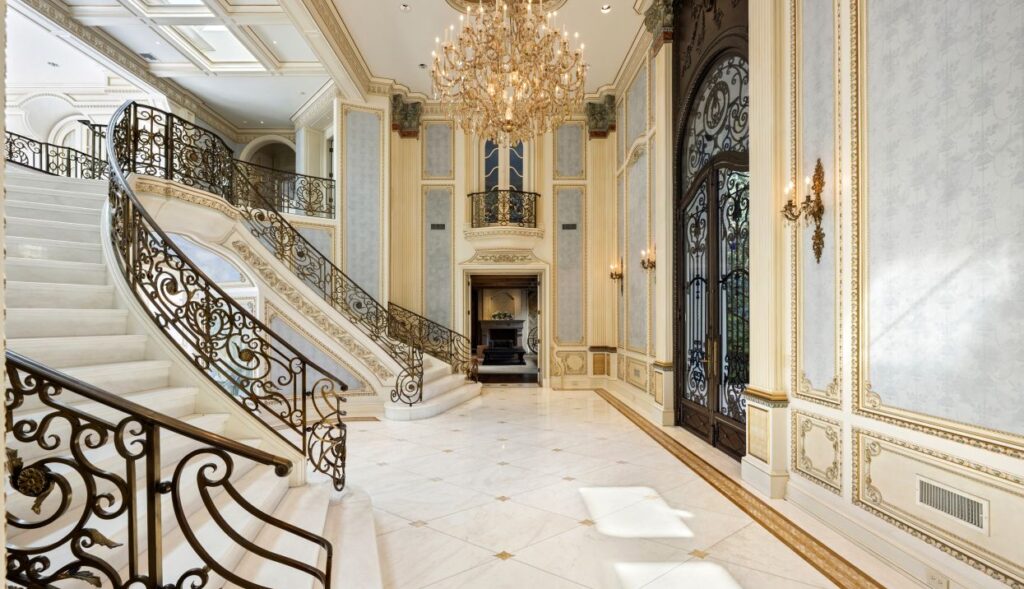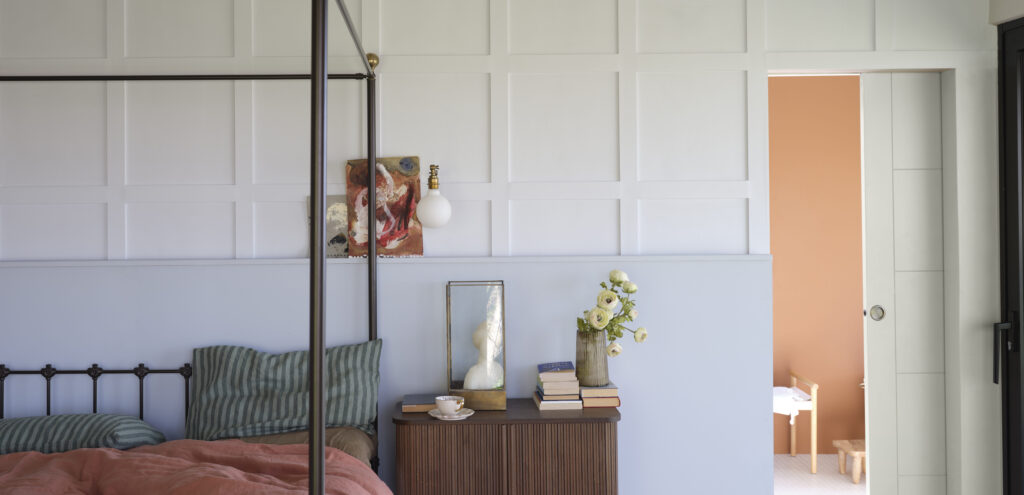—From the streets of Havana to the palaces of Jaipur, these 10 destinations are home to the most vibrant cityscapes in the world.
Colorful cities are energizing. They empower us. Each one inspires the works of famous photographers, writers and artists—like a conduit for creativity. In many cases, their vibrant nature is a mystery; subject to anecdotal tales of inception. Whether it’s a monochromatic city in India or a string of rainbow residences in Charleston, these intensely-hued landscapes can’t help but brighten the lives of those that inhabit them, or even passersby. From lesser-known neighborhoods to UNESCO World Heritage Sites, let any of these 10 must-see destinations be the backdrop to your next journey.
Jaipur, India
Without overlooking Jaipur’s royal reputation, it would be hard to ignore this northwest Indian city characterized by the color pink. From houses to historical buildings and ornate palaces, everything has a sort of rose tint to it—making it a must-see for visitors, photographers and even poets alike. The origin of India’s “Pink City” dates back to the 19th century. The ruler at the time, Sawai Raja Jai Singh II, ordered the whole city to be painted pink when he got word of Prince Albert’s visit as it signifies hospitality or “the color of welcome.” All through Jaipur goers will find architecture covered in shades of salmon, blush and coral which are now made from pink and red sandstone to mimic the overarching hue.

Chefchaouen, Morocco
Heralded as the most Instagrammable city in Morocco, Chefchaouen will definitely be at the top of many travelers bucket lists in 2020. Walking amongst “The Blue Pearl” is likened to something out of a fairytale—carved into the side of Morocco’s Rif Mountains, you’re suddenly surrounded by varying shades of cyan, cobalt, periwinkle and powdery blues that shift depending on the time of day. Cobbled pathways are met with narrow alleys, terracotta-tiled houses, steep staircases and brightly-colored flower pots appear like ornaments. The reasoning behind the all-blue scheme remains up for debate. More popular anecdotes say Jewish refugees painted the city for religious purposes. A less spiritual theory suggests that blue acts as a natural repellent against mosquitoes, a longtime blight of the village.

Cartagena, Colombia
Known for its beaches, rainforests and storied past headlined by Pablo Escobar—Colombia remains one of South America’s best-kept secrets. While Cartagena boasts a more cosmopolitan vibe, it’s one of the prettiest (and photogenic) places one can visit while in the country. The weathered walls of Spanish colonial-style buildings are awash with mismatched colors and balconied houses sport vividly-painted front doors. This includes ancient palaces, churches and mansions that have been preserved from as early as the 1600s. It’s a true work of art in and of itself, and one of the few places where the lively aesthetic matches the vibrant atmosphere, oftentimes compared to cities like New Orleans or San Juan, Puerto Rico.

Sintra, Portugal
Only 18 miles outside of Portugal’s capital city, Sintra’s landscape looks like it was ripped from the pages of a child’s storybook. Thanks to majestic castles, hidden tunnels, grottoes and old-world manors, the technicolor city of Sintra is made even more vibrant by contrasting these man-made marvels against the thick surrounding forest. It’s even said to have inspired the work of famed fairytale writer Hans Christian Andersen, who described his time in Sintra as “where nature and art complete each other wonderfully.” Sprawling manicured gardens and rolling hills serve as the backdrop to regal estates and traditional 19th-century Romantic architecture, most notably painted in shades of bright yellow and rusty reds.

Charleston, South Carolina
Rainbow Row sounds like a location out of Candyland but in actuality, it’s the name given to a series of charming row houses set in Downtown Charleston. These 13 structures stand as the longest stretch of Georgian-style homes in the US and flaunt pastel-painted exteriors likened to that of a rainbow. Charleston itself takes huge influence from its Caribbean mother colony of Barbados, and this South Carolina city is like a mini island retreat. The two destinations share similarly-colored buildings, cobbled streets and Creole cuisine.

Bo-Kaap, South Africa
While Cape Town is known for its natural wonders, the lively neighborhood of Bo-Kaap was built on the beauty of self-expression. Following the end of the apartheid, locals painted their then white houses bright colors to celebrate their newfound freedom. Today, mosques and Edwardian-style residences make up this historic Muslim quarter where buildings remain covered in splashes of lime green, hot pink, turquoise, fuschia and lemony yellows. It’s a scene that can be spotted from a mile away as the city lies at the base of Signal Hill, and shines bright even on the gloomiest of days.

Havana, Cuba
The streets of Havana may have slowed their tempo in years past, but luckily the visitor restrictions have been lifted and they’re very much alive today. Pulsing with music, overflowing with history—a trip to Havana is an opportunity for travelers to go back in time a bit. The city itself is an amalgamation of colors and textures, whether you’re eyeing the body of a bubble-gum pink 1950s Chevy convertible parked on the corner or both the saturated and faded façades of Spanish-style buildings. With large edifices taking on ocean blues, banana yellows and everything in between, it’s easy to spend hours (or even an entire day) wandering around.

Jodhpur, India
Looking down on the “Blue City” from the top of India’s Mehrangarh Fort, the clusters of indigo almost resemble a sky. The history behind this color-coded city is still unclear, however some have theorized everything from using blue to fight off termites to being an indicator of social status amongst the royal Brahmin families. In the heart of Jodhpur, travelers will find boxy houses in a labyrinth-like layout with winding streets and a variety of vendors set up along the way including textile shops and food stands.

Guanajuato, Mexico
Guanajuato gets its beauty not from azure waters or white sand beaches, like some of its other Mexican counterparts, but from an outpouring of color and culture. The city’s energy comes from Spanish-style houses and buildings painted in a kaleidoscope of saffron yellows, oranges, baby blues and crimson reds. While roaming the winding alleyways, take note of the bustling street art scene that helps to enliven the surroundings. Guanajuato is famous for its annual international art festival held every fall; it is considered by some to be the biggest and most important celebration of art in Latin America.

Willemstad, Curaçao
A quick look at Willemstad’s waterfront and it could easily be mistaken for the canals of Amsterdam. Clear skies and year-round warm weather, however, are dead giveaways for Curaçao’s capital city and the pastel-hued buildings carry a certain islandy beat to them. Despite its colorful reputation, the city did not always appear quite as cheery as it does today. A fact I learned during my visit in 2017. Up until the 1800s, Willemstad resembled the likes of a village in Greece made up entirely of white stucco. Its rainbow-inspired palette was one that was later put into place by government decree, after Governor Albert Kikkert claimed to have suffered migraines from the strong Caribbean sun reflecting off the whitewashed walls—or so legend has it. In order to maintain their vibrancy, Willemstad’s buildings and residences are repainted every two years.







